Flat Clearance in Council Waste Collection
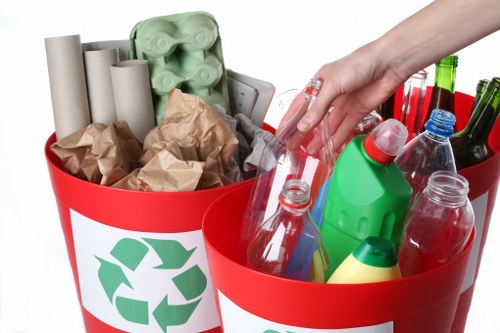
Managing waste in residential flats presents unique challenges for both residents and local councils. Flat clearance in council waste collection is a critical service that ensures urban areas remain clean, hygienic, and environmentally friendly. Understanding how this process works can help residents effectively participate in waste management and contribute to a sustainable community.
Flat clearance refers to the systematic removal of waste from multi-residential buildings such as apartments and condominiums. This process is typically managed by the local council's waste collection team, which coordinates the collection schedules, recycling programs, and disposal methods to minimize the environmental impact.
Council waste collection for flats involves several key components, including regular waste pick-up, bulk waste removal, recycling initiatives, and community education. Each of these elements plays a significant role in maintaining the efficiency and effectiveness of waste management in densely populated areas.
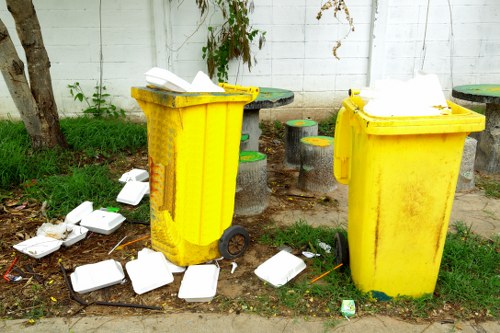
Understanding Council Waste Collection Services
Councils offer a range of waste collection services tailored to the needs of residential flats. These services are designed to handle the high volume of waste generated in multi-family buildings while promoting recycling and reducing landfill use.
Regular waste collection is the backbone of council waste management. Scheduled pick-ups ensure that daily waste is removed promptly, preventing accumulation and associated health hazards. For flats, this often means coordinating with building management to facilitate efficient waste disposal.
The council may also provide specialized services for bulk waste, such as furniture or large appliances, which aren't suitable for regular collection. These items require separate arrangements to ensure they are disposed of responsibly, either through recycling programs or designated drop-off points.
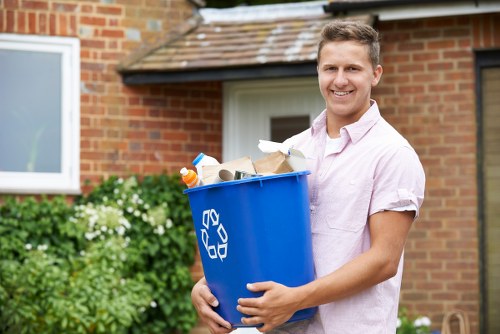
Recycling Initiatives in Flats
Effective recycling is a cornerstone of sustainable waste management. Councils implement various recycling initiatives to encourage flats residents to separate recyclables from general waste.
Residents are typically provided with separate bins for recyclables, including paper, plastics, glass, and metals. Clear labeling and regular collection are essential to maintaining a high recycling rate and minimizing contamination.
Additionally, councils may offer informational resources and workshops to educate residents about proper recycling practices. By fostering a culture of sustainability, councils can significantly reduce the environmental footprint of flat communities.
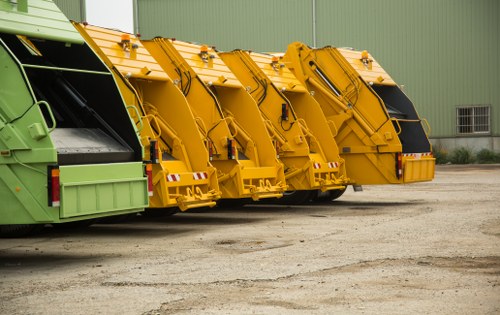
Challenges in Flat Waste Collection
Despite the structured approach, flat waste collection faces several challenges that can hinder its effectiveness.
- Space Constraints: Limited space in flats can make storing waste bins challenging. Ensuring adequate storage without compromising living areas requires thoughtful planning.
- Non-Compliance: Inconsistent adherence to waste separation guidelines can lead to contamination and decreased recycling efficiency.
- Accessibility: Difficulties in accessing waste disposal areas within buildings can delay collection times and reduce overall service efficiency.
Addressing these challenges requires collaboration between residents, building management, and council waste teams. Implementing clear guidelines, providing necessary resources, and maintaining open communication channels can help overcome these obstacles.
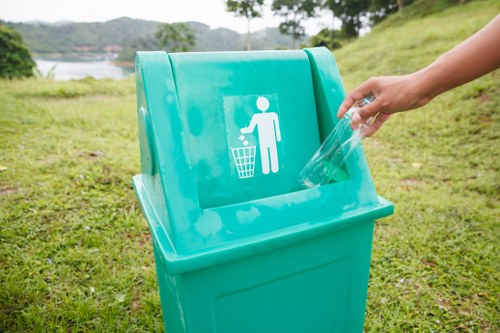
Best Practices for Effective Flat Clearance
To enhance the effectiveness of flat clearance in council waste collection, adopting best practices is essential.
- Regular Scheduling: Adhering to a consistent waste collection schedule helps prevent overflow and maintains hygiene standards.
- Proper Waste Segregation: Sorting waste into appropriate categories (recyclables, compostables, and general waste) increases the efficiency of recycling programs.
- Resident Education: Providing residents with information and training on waste management practices fosters a cooperative community effort.
- Efficient Bin Placement: Strategically placing waste bins in accessible locations within the building ensures easy disposal and collection.
- Regular Maintenance: Keeping waste disposal areas clean and well-maintained prevents pest infestations and unpleasant odors.

Environmental Impact of Effective Flat Clearance
Implementing efficient flat clearance practices has a significant positive impact on the environment.
By reducing the amount of waste sent to landfills, councils help decrease greenhouse gas emissions and conserve natural resources. Recycling initiatives minimize the need for raw materials, supporting sustainable production cycles.
Furthermore, proper waste management in flats reduces the risk of pollution and protects local ecosystems. Effective flat clearance contributes to overall community health and environmental resilience.

Technological Innovations in Waste Collection
Advancements in technology have revolutionized council waste collection for flats, enhancing efficiency and sustainability.
Smart waste bins equipped with sensors can monitor fill levels, optimizing collection routes and reducing unnecessary trips. This technology not only saves resources but also lowers operational costs for councils.
Additionally, digital platforms allow residents to track their waste output, access recycling information, and report issues in real-time. These innovations foster transparency and encourage active participation in waste management.

Role of Building Management in Waste Collection
Building management plays a pivotal role in facilitating effective flat clearance.
By coordinating with council waste teams, building managers can ensure that collection schedules are adhered to and that waste areas are accessible and well-maintained.
Moreover, building management can implement internal policies to support waste reduction, such as promoting recycling, organizing bulk waste collection days, and educating residents about sustainable practices.

Benefits of Proper Flat Clearance
Proper flat clearance yields numerous benefits for residents, councils, and the environment.
- Health and Hygiene: Regular waste removal prevents the buildup of garbage, reducing the risk of diseases and pests.
- Environmental Sustainability: Effective waste management practices minimize landfill usage and promote recycling, supporting environmental conservation.
- Community Well-being: A clean living environment enhances the quality of life for residents and fosters a sense of community responsibility.
- Cost Efficiency: Optimized waste collection processes reduce operational costs for councils, allowing for better allocation of resources.
- Regulatory Compliance: Adhering to waste management regulations ensures that councils and buildings meet legal standards, avoiding potential fines or penalties.
Emphasizing these benefits encourages ongoing commitment to effective flat clearance practices and supports long-term sustainability goals.

How Residents Can Contribute
Residents play a crucial role in the success of flat clearance initiatives. By adopting responsible waste management habits, they can significantly impact the efficiency of council waste collection services.
Some ways residents can contribute include:
- Sorting Waste: Separating recyclables from general waste ensures that materials are properly processed and reused.
- Reducing Waste: Minimizing the amount of waste generated through practices like composting and choosing reusable products.
- Proper Disposal: Disposing of hazardous or bulk waste through designated channels to prevent environmental contamination.
- Participating in Recycling Programs: Engaging in council-led recycling initiatives and following guidelines for effective sorting and disposal.
- Reporting Issues: Informing council waste teams about any problems with waste collection services to facilitate prompt resolutions.
By taking these actions, residents can help create a more efficient and sustainable waste management system, benefiting themselves and the broader community.

Future of Flat Clearance in Council Waste Collection
The future of flat clearance in council waste collection is poised for significant advancements driven by technology and sustainability efforts.
Emerging technologies, such as automated waste sorting systems and IoT-enabled waste bins, promise to revolutionize how waste is collected and managed in flats. These innovations can enhance accuracy in recycling, reduce labor costs, and improve overall collection efficiency.
Additionally, increasing emphasis on circular economy principles will reshape waste management strategies. Councils are likely to adopt more comprehensive recycling programs, encourage waste reduction initiatives, and collaborate with businesses to develop sustainable waste solutions.

Conclusion
Flat clearance in council waste collection is an essential service that supports the health and sustainability of urban living environments. By understanding the processes involved, addressing challenges, and adopting best practices, councils and residents can work together to maintain clean and efficient waste management systems.
As technology and sustainability initiatives continue to evolve, the future of flat clearance looks promising, offering innovative solutions to enhance efficiency and reduce environmental impact. Residents are encouraged to actively participate in waste management efforts to ensure a thriving, sustainable community.
Contact us today to learn more about effective waste management strategies and how you can contribute to a cleaner, greener living environment.